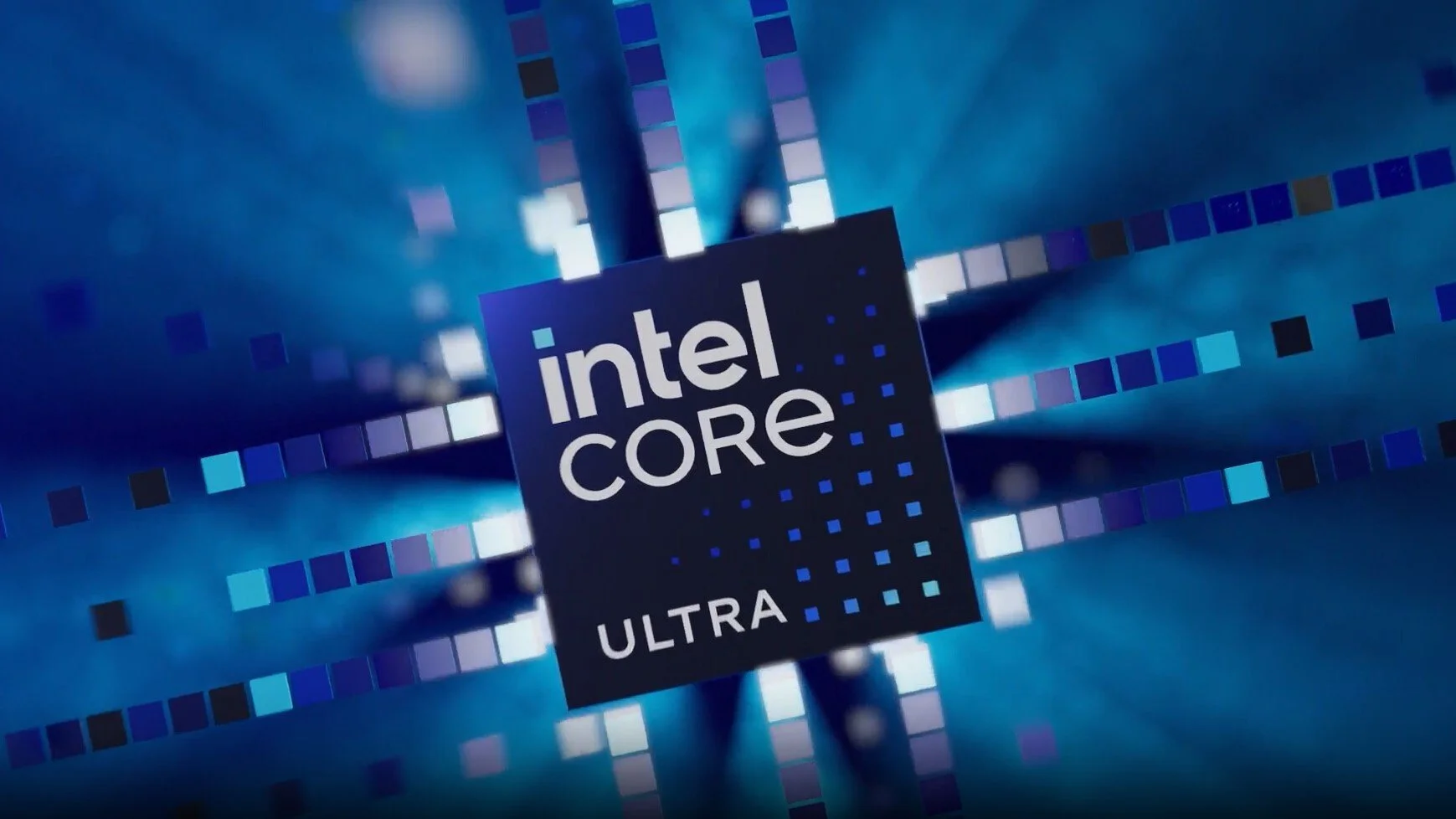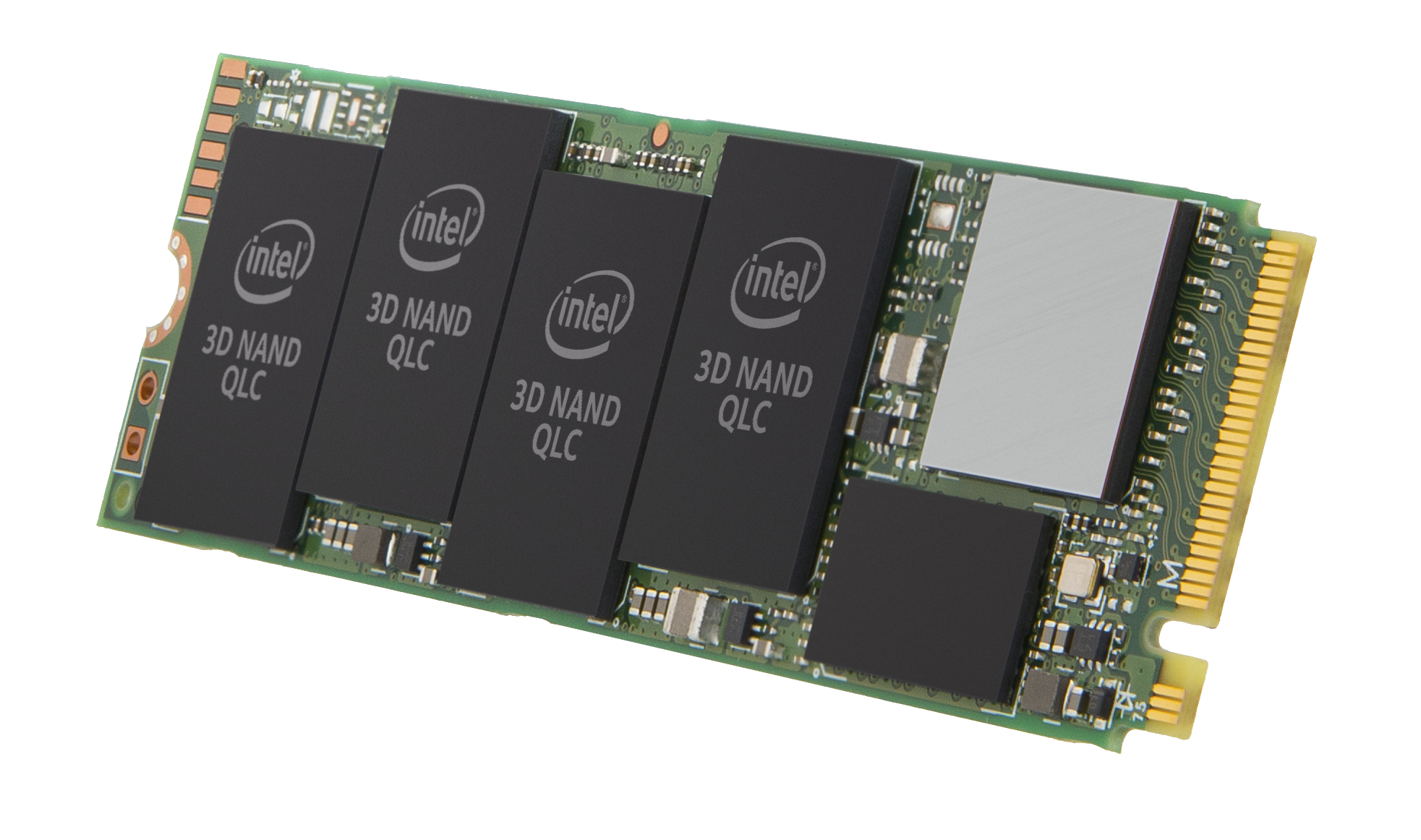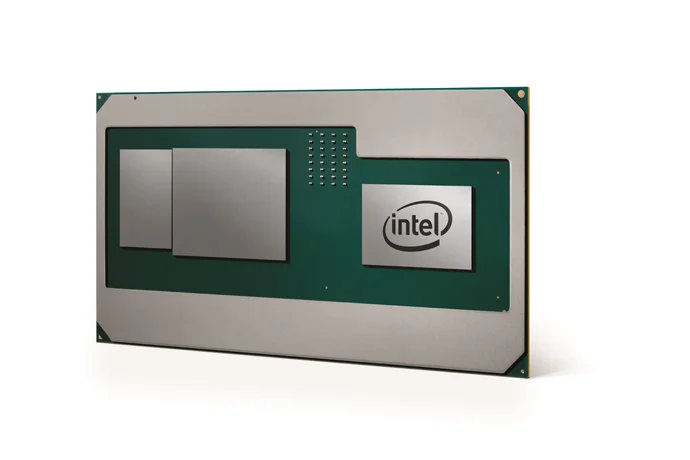Over the last year and half, Intel has been under siege from various competitors in the consumer PC product segments. Once dominant and seemingly untouchable, Intel must now deal with an AMD that started its resurgence in the processor market in early 2017 and has been gaining market share and significant momentum amongst buyers, media, and analysts that follow these fields.
Qualcomm is also guilty of taking a poke at Intel with its low power Snapdragon processors working their way into new Windows 10 notebooks that focus on portability, integrated cellular connectivity, and extreme battery life.
During the Computex trade show in Taipei, Taiwan this week, Intel is trying to prove to its partners and the public that it is back on message, reengaged with an aggressive agenda for the consumer desktop and mobile markets once again. Though consumer PCs may not be a growth market in most developed countries, there is acceleration in undeveloped locales.
Read More



















